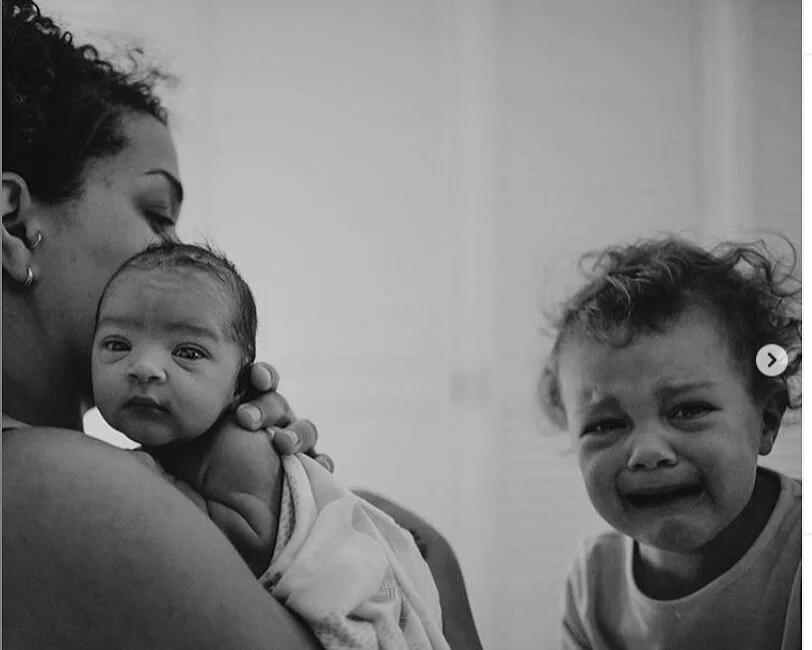Hannah Weiss, LM, CPM in her roll as Hybrid Midwife
HYBRID MIDWIFERY
In planning a hospital birth, you're encouraged to stay at home until labor is well under way before transitioning to the hospital for birth. How do you feel about that? Will you know when that time has come? Can you determine how far along you are in labor? Even the timing of contractions can be misleading. Doulas provide crucial support and guidance during these intense hours, and midwives take it to the next level with the ability to check dilation and the baby's heart beat. It's next-level birth support.
Hybrid Midwifery was born from a desire to provide one-to-one continuity of care to women planning a hospital birth. Not every woman wants to birth in her home, but every woman should have access to the personalized prenatal and postpartum services of a midwife. Many of you are familiar with a doula’s role, but most need clarification between a doula and a midwife. A doula provides advocacy, education and emotional support in your home and in the hospital. A midwife is clinically trained and licensed by the state medical board to provide maternity care to women during the prenatal, birth and postnatal period. A Hybrid Midwife can give you care alongside and in cooperation with your obstetric care, giving you 24/7 support in your home up to and after you have your baby in the hospital.
Why are women drawn to Hybrid Midwifery in conjunction with standard medical care?
Some women simply want more maternity care; they want more information, they want more support and they want it to be holistic, incorporating all aspects of the human experience in pregnancy and birth. This includes emotional support as well as physical, nutritional and medical support.
An increasing body of research has unveiled the emotional and physiological benefits of being previously familiar with a medical practitioner who attends your birth. Simply having the continuous support of a doula can reduce labor time, the likelihood of a c-section and preterm labor. In case you’re interested, it also reduces the odds that you’ll need an epidural. These statistics alone have helped doulas and midwives increase in popularity.
Doulas are tremendously valuable practitioners, they offer physical and emotional support for you and your partner as well as vast knowledge about the birth process and hospital system. Different from a doula, a Hybrid Midwife has medical authority to administer healthcare prenatally, postpartum and at home in the early stages of labor before transitioning to the hospital for birth.
Holistic Prenatal Care
Your midwife will be your touchstone throughout your pregnancy and birth process. She will monitor your health status as you move through the medical system and support you as a familiar and trusted guide. The schedule for midwifery prenatal visits mirrors your OB visits, allowing for tandem care.
During these in-home hour-long visits, you’ll discuss topics that complement your obstetric care, like nutrition, exercise and ways to prepare your body and mind for birth. Perhaps most significantly, you’ll have time to discuss any fears or concerns that may be arising around pregnancy or birth. Your midwife will medically screen you by checking vitals, listening to the baby’s heart beat and discussing testing options such as genetic, gestational diabetes and Group B Strep, to name a few.
As you grow closer to delivery, your midwife will help you create a Birth Plan that may include desires around pain management, IV use, and what types of procedures you would like performed on your baby. You're able to discuss the pros and cons of each option with the midwife, so you have a basic understanding of the medical process.
Home to Hospital Midwifery Support
Laboring at home with your midwife decreases the likelihood that you’ll receive medical interventions, sometimes a bi-product of arriving at the hospital too early. Different from a doula, your midwife continuously checks the health of both you and your baby during labor. She is constantly making sure it's safe to remain in the comfort of your own home for as long as possible. As your labor progresses, your midwife will help determine when it’s time to go to the hospital by checking cervical dilation, assessing your contraction pattern and the positioning of your baby.
At the hospital your midwife transitions into the role of an advocate, providing continuous comfort measures, breathing and meditation techniques and overall guidance for your needs and desires. After the birth of your babe, she remains by your side for an hour or more to help with breastfeeding. Your midwife will capture family photos and help transport the placenta should you choose to save it.
Postpartum Magic
Maybe you remember those early days postpartum or you’ve heard stories about how physically and psychologically fragile the beginning of parenthood can be. Intense hormones and learning how to feed your newborn can be maddening, not to mention the complete physical recovery from a vaginal birth or C-Section. With this in mind, it’s no surprise that 24/7 access to a trusted healthcare provider is not only comforting, it’s clinically significant in decreasing postpartum depression and helping the entire family unit adjust. Unfortunately, in the common medical system, mothers won’t see a practitioner to assess their health and recovery for six weeks after discharge from the hospital. Enter your Hybrid Midwife.
When you’re all settled back home, your midwife schedules six full weeks of postnatal care for you and your baby. She will usually visit five or more times in these postpartum weeks, starting twenty-four hours after you arrive home. Your midwife’s long list of medical support topics will include lactation, normal newborn behaviors, umbilical cord care and vaginal healing. She will check your postpartum bleeding and vitals, to make sure you don’t need further medical care. She weighs the baby, assesses normal growth patterns, listens to your baby's heart and lungs and is consistently making sure your newborn is thriving.
A lot of questions come up in the first few weeks of welcoming your new baby into the world and it's truly wonderful to have a medically qualified and compassionate midwife by your side. Your midwife will carefully assess your overall emotional health, allowing you the time and space to learn what is “normal” and what is worrisome.
Aside from her vast knowledge, your midwife is also deeply connected to the wider community. Should you need referrals to support groups, lactation consultants, overnight doulas or massage therapists, your midwife is connected to this vibrant network.
Hybrid Midwifery is the best-kept secret out there! In the interest of perpetuating the health and vitality of early parenthood, spread the word!
DOES YOUR MEDICAL INSURANCE COVER HYBRID MIDWIFERY?
Verify your insurance benefits here using Hannah Weiss’s provider details, (note that it’s a $20 verification process):
City: Oakland
State: CA
Zip Code: 94611
Phone number: 510-685-6703
MEET Hannah Weiss, LM, CPM
Hannah Weiss is a Licensed Midwife under the Medical Board of California and a Certified Professional Midwife under the North American Registry of Midwives (NARM). Her formal education consisted of a three year accredited midwifery school and two clinical home birth apprenticeships in California and Utah. Hannah regularly attends Peer Review and is an active member of the California Association of Midwives (CAM). She held the lead doula position at Glow Massage and Birth Support for 2 years before starting her midwifery practice. Hannah is certified in Neonatal Resuscitation (NRP), CPR and First Aid.
When Hannah is off-call she travels home to Kaua'i where she grew up surrounded by an abundance of nature and the rhythms of the ocean. She currently lives in Montclair, Oakland with her husband Martin, head chef for Maiden Voyage Meals, it's a family affair!




















